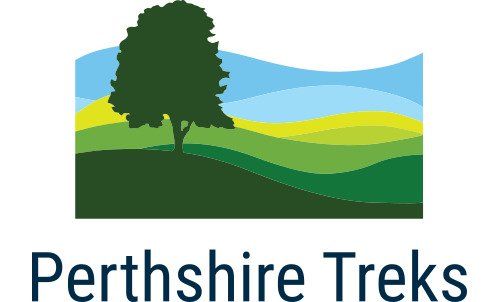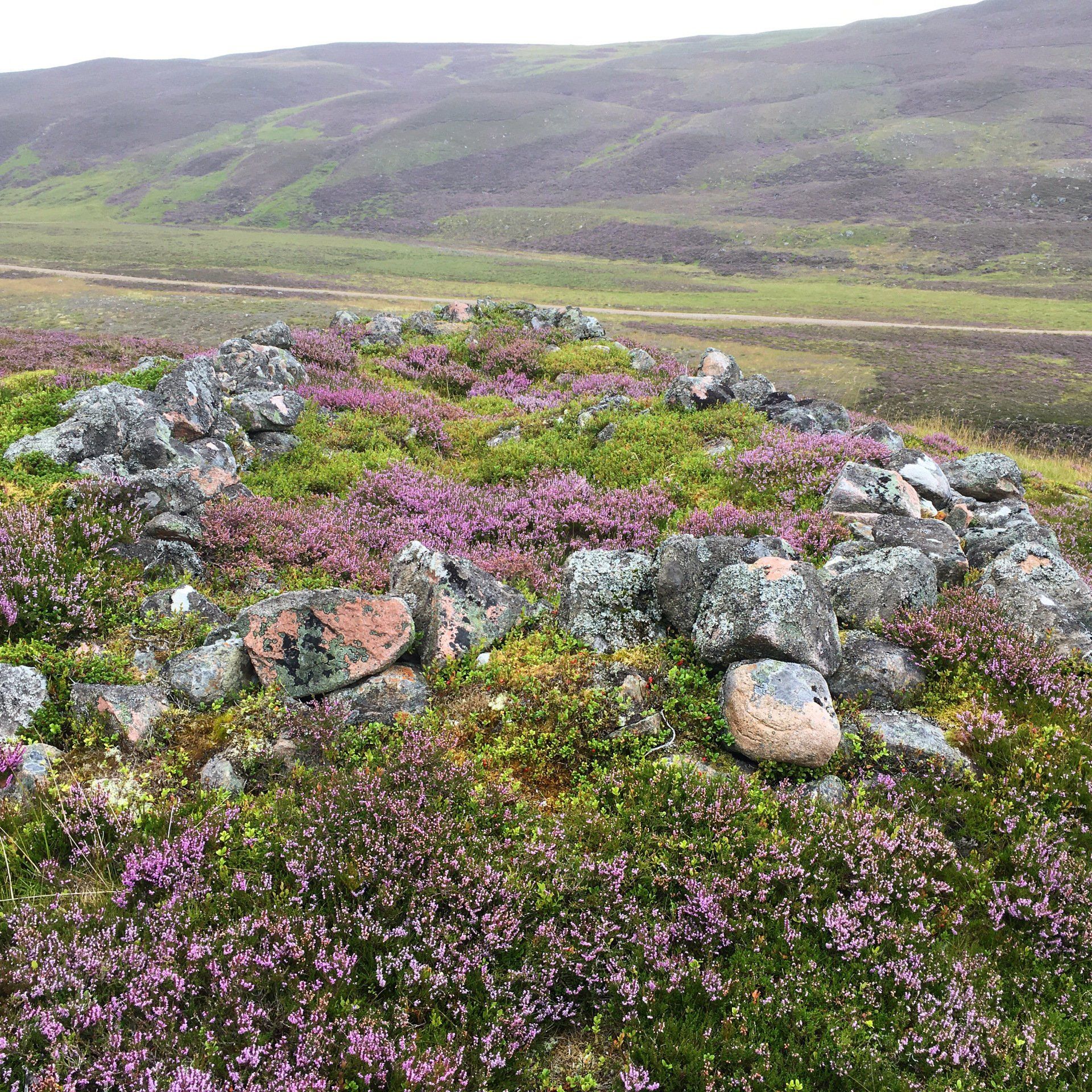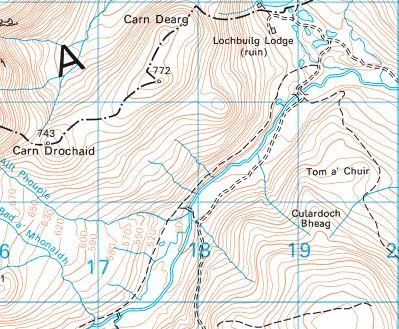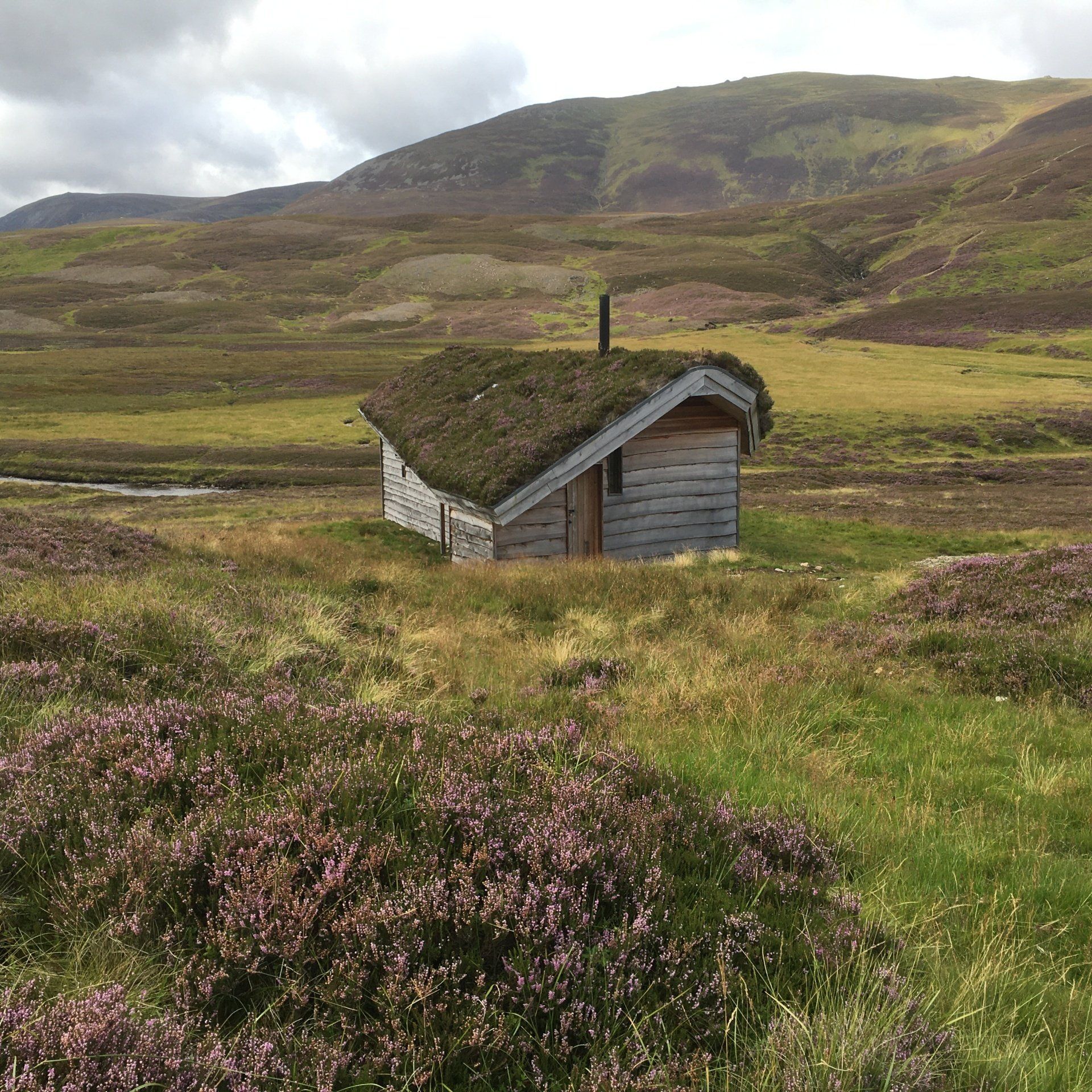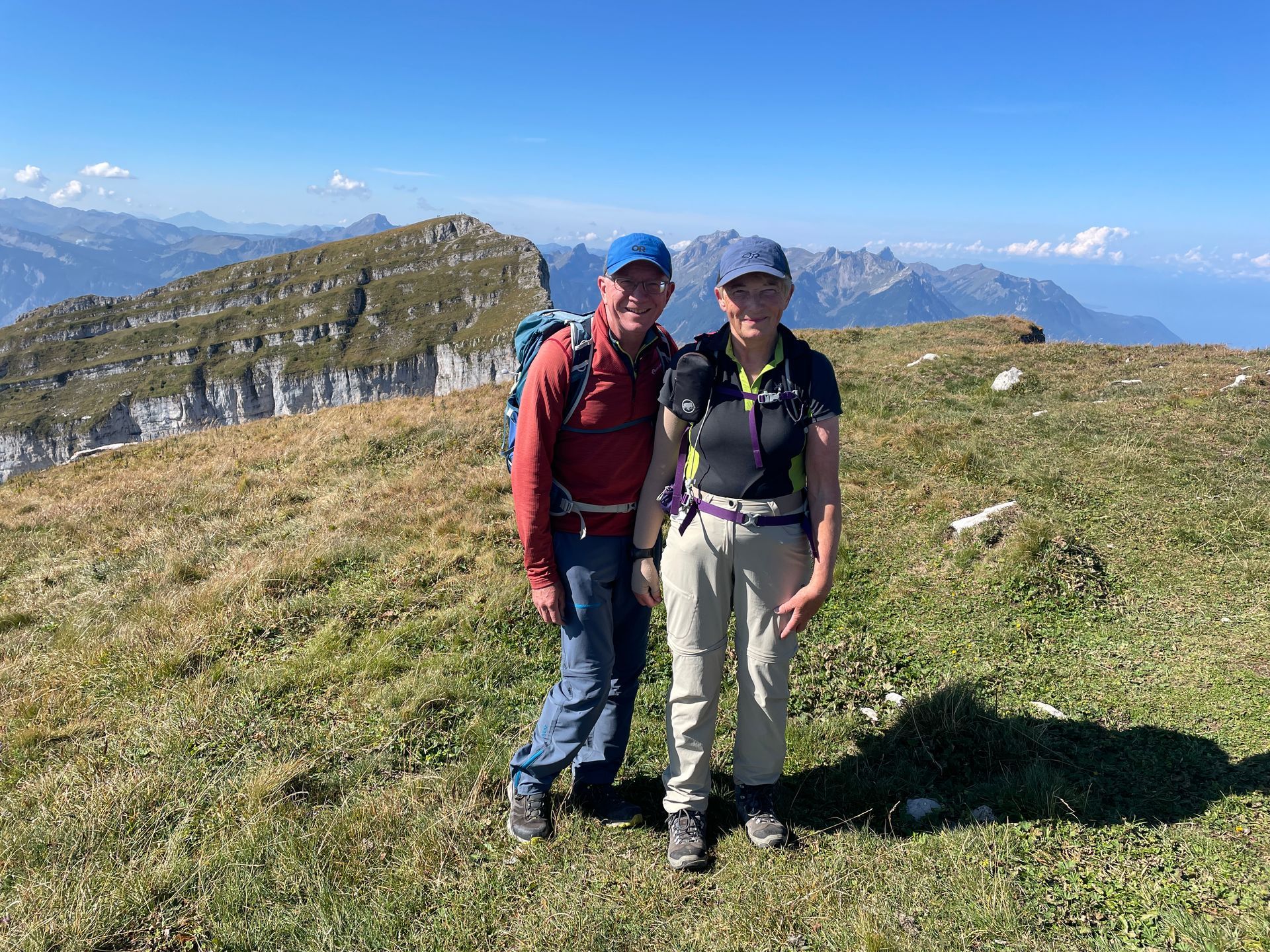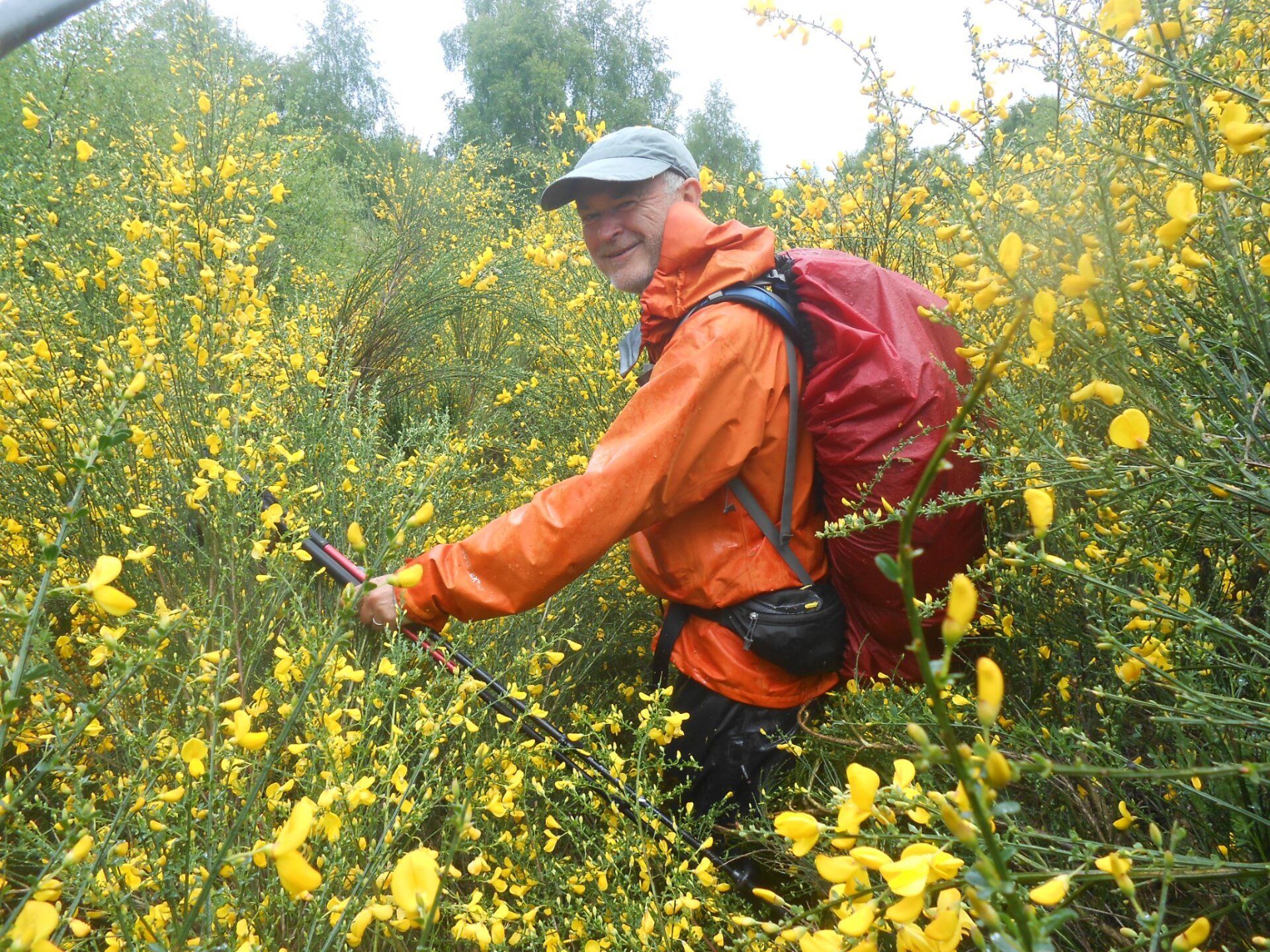An old summer sheiling in Glen Gairn, Aberdeenshire
The high hills and glens in Scotland are now often viewed as empty and desolate places, the home of sheep, grouse, deer and eagles. Human use is limited to forestry, deer stalking, grouse shooting and of course hill walking and mountain biking with occasional skiing in the winter months.
But this was not always the case and a few centuries ago the mountains were inhabited by people, in the lower hills all year round and during the summer in the valleys of the higher mountains. These people have left their mark, whether in the form of hut circles as on our local Moulin Moor or as the remnants of more permanent structures such as summer sheilings.
One lovely day in August we headed from Invercauld, near Braemar, along an estate road into lonely Glen Gairn in the eastern half of the Cairngorms. As you drop down on the estate track over the bealach between Carn Liath and Culardoch there is a very attractive new bothy with a grass roof. We were heading for a bridge to cross the River Gairn below that bothy but on arriving discovered it was no longer there so decided to head down river to the bridge near Loch Builg. We then turned back up the river on the north bank and were rewarded with views of numerous ruins of old shielings between the bridge and Allt Phouple.
The areas of these buildings can clearly be seen on
Pastmap
where they are described as post medieval remains of longhouses. These were upland settlements, occupied in the summer months (26 May to 26 August), and played an important role in the transhumance economy until the beginning of the 19th Century. Usually it was the women and children of the family that stayed in the summer settlement looking after the cattle. The path we then followed back over the Gairn and up over the bealach itself would have been one of the routes used by the inhabitants to drive their cattle to market.
All of this was of course before the Highland Clearances when many landowners evicted their impoverished tenants to make way for, at that time, the far more profitable use of the land for sheep farming. However, when you visit these sheilings imagine what the life would have been like in these small cold and damp houses with lots of ticks and flies around, just the cold water in the burns for your washing, and no modern comforts for three months.
